One of the best known and most debated stories from the bible concerns the destruction of the ‘evil cities’ of Sodom and Gomorrah. As related in genesis chapter 18 verses 16-33 and Chapter 19 verses 1-29 two angels of god, after visiting with Abraham go to the cities of sin where they meet Abraham’s nephew Lot who lived in Sodom. The other inhabitants of Sodom threaten violence, usually interpreted as sexual violence against the two angels, which causes the lord to make them all to go blind. Lot and his wife and daughters then escape the city before it is destroyed by fire and brimstone. Before escaping Lot and his family were warned not to look back at the cities being destroyed but Lot’s wife looks back and is turned into a pillar of salt.
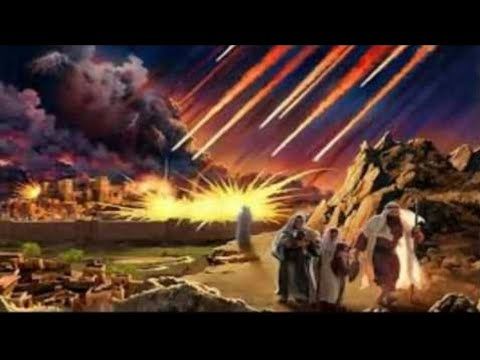
(By the way, one thing that has always puzzled me is Gomorrah. I mean none of the action takes place there, it’s never even mentioned except in conjunction with Sodom as in ‘Sodom and Gomorrah. But it was destroyed along with Sodom. Why?)
So that’s the story and for centuries people, especially armchair archaeologists have wondered about what disaster could have given birth to the legend. The consensus opinion for many years has been that an Earthquake destroyed a Bronze Age city somewhere to the east of the central highlands region of Canaan. After all the Dead Sea Rift is a major fault line going right through the area, Earthquakes are fairly common in the lands of the bible.

A minority opinion was that the city was destroyed by a volcano like the Roman city of Pompeii, which would account for the ‘Fire and Brimstone’ part. But there are no suitable volcanoes nearby in Israel or Jordan. Of course the city may have actually been further away and its location was brought closer by the authors of genesis as they adapted to story to suit their theological ideas.

Now a paper in the journal Scientific Reports from a large group of archaeologists associated with nineteen institutions has raised the possibility that they have not only discovered the remains of Sodom, but know how it was destroyed. The archaeological site is question is known today as Tall el-Hammam and lies at the southern end of the valley of the Jordan River just northeast of the Dead Sea. Based upon artifacts collected during excavations that began in 2005 the Tall, which is an Arabic word for a mound, was the site of a large and prosperous walled city dating back to the Copper Age about (4,300 BCE).
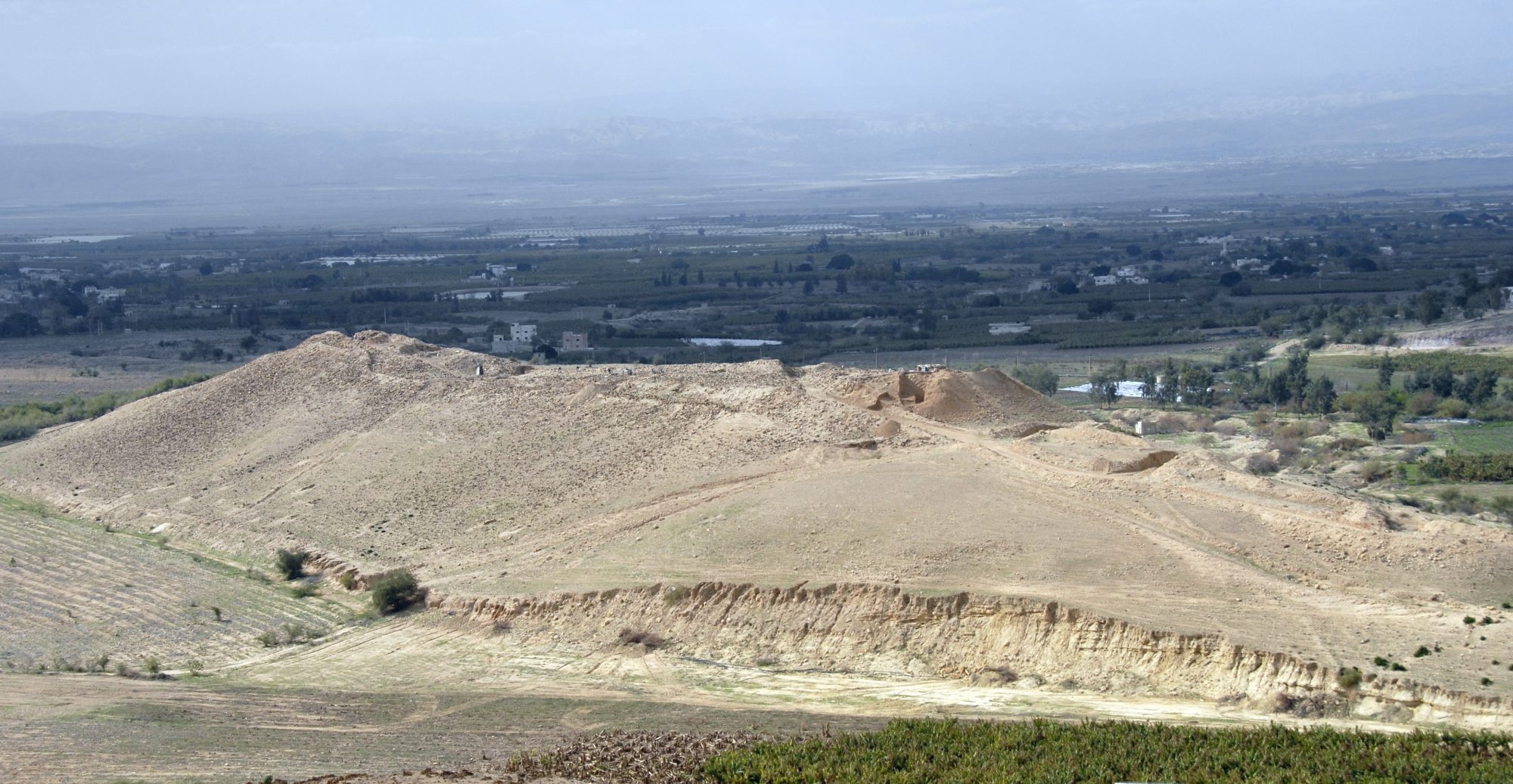
In the middle Bronze Age the city, whose name is unknown, was one of the biggest population centers in the Middle East, its enclosed area of 85 acres making it about eight times the size of Jerusalem at that time. Then, about the year 1650 BCE the city was suddenly and completely destroyed, a destruction so complete that the area around the mound remained mainly deserted for the next 500-600 years.
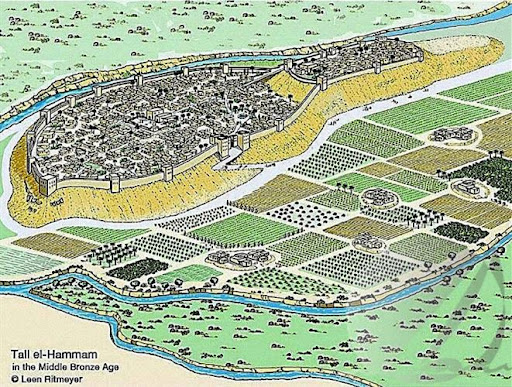
The archaeologists found the evidence for that destruction in a layer of sediment about 1.5 meters thick in the mound and were astounded by the degree of the devastation, far worse than could have been due to war or even an Earthquake. Broken pieces of pottery have been found in that layer that were partially melted while bricks from the city wall show signs of ‘bubbling’ on their surface, both indicating exposure to heat greater than 2,000º Celsius. There was also evidence of more physical damage, including that fact that the upper 12 meters of the city’s palace was completely toppled, as were large sections of the city wall.

Even more telling was the discovery of shocked quartz, tiny grains of sand that have subjected to such enormous pressure that cracks have formed in them. So great was the pressure that small pieces of carbon dust were also found that have been converted into diamonoids.

The scale of the destruction was so great that the researchers are certain that only an extraterrestrial source could cause it. They theorize that an asteroid airburst similar to if not slightly more powerful than the one that destroyed the Tunguska region of Siberia in 1905 struck the city like a nuclear explosion of approximately 12 megatons.
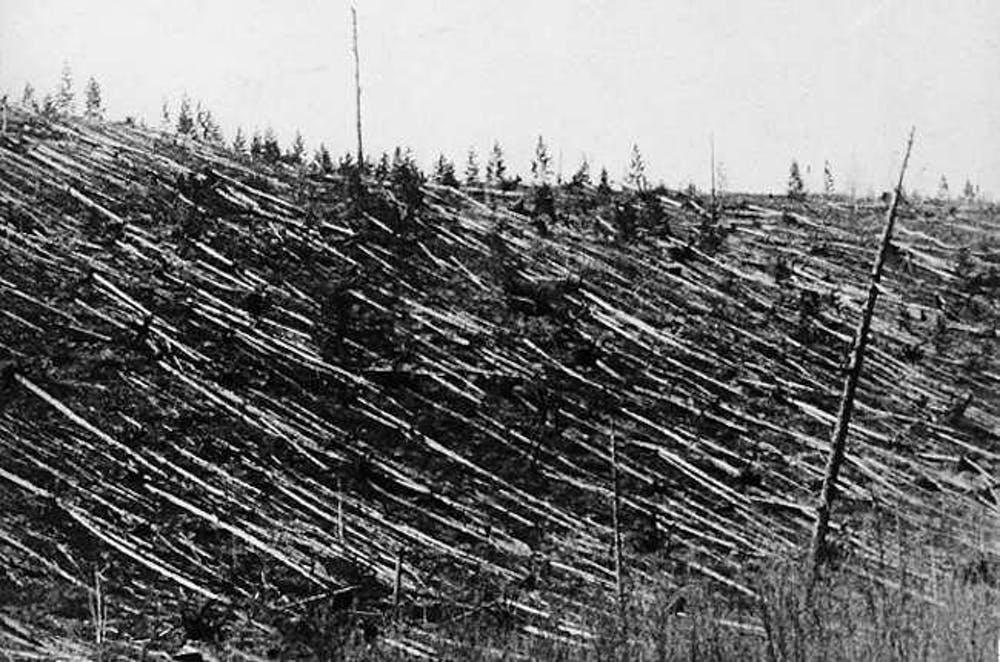
All of the evidence presented by the archaeologists is very suggestive. The city is located in a region of Canaan that corresponds to where Sodom could have been and the carbon 14 dating of 1650 BCE for the city’s destruction is about right for the period when Abraham is thought to have lived. The suddenness and scale of the destruction are so great that they certainly resemble the destruction of Sodom as related in the bible. The possibility that this unknown city, forgotten for 3500 years could actually be the source of the story of Sodom must be considered.
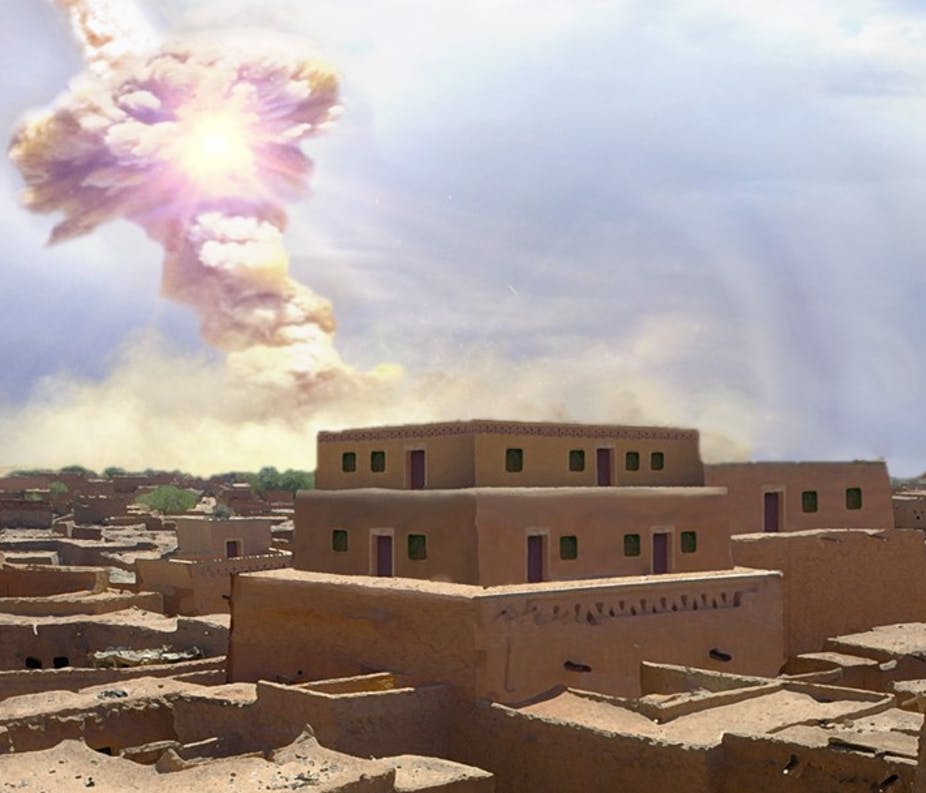
Still, the evidence is only suggestive, there are several other middle Bronze Age sites that have also been proposed for the ‘city of sin’ and of course there’s always the possibility that the entire story of Sodom and Gomorrah could be entirely fictitious. There are even some scholars who consider the bible to be factually inerrant who argue that Tall el-Hammam’s destruction did not take place at precisely the right time by their chronology.
So how could the identification of Tall el-Hammam as Sodom ever been proven? Well the best way of course would be a contemporary written record, preferably from the city itself. Just imagine if the archaeologists working at Tall el-Hammam succeeded in finding the royal archive of the city as they have for the Assyrian empire, the Hittite empire and Pharaoh Akhenaten of Egypt. If those records could be translated and it was discovered that the inhabitants of the city called it something akin to Sodom, that would be a spectacular discovery. Second best would be a written record from an outside source like Mesopotamia or Egypt that referred to the city.
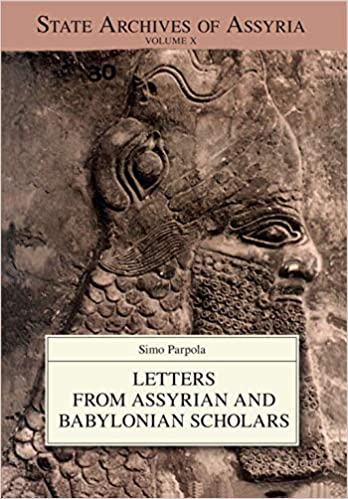
Let’s think about that second possibility for a moment, because there are hundreds, if not thousands of untranslated tablets from Egypt and Mesopotamia currently being stored in museums around the world. There’s a real possibility that one of them may mention the city buried at Tall el-Hammam. So the final proof of the story of Sodom may already have been discovered, it just hasn’t been recognized.
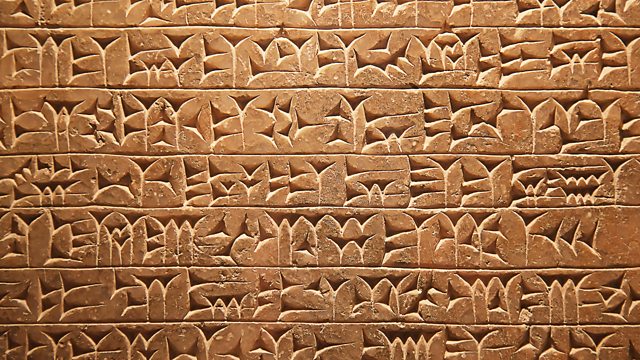
And if Tall el-Hammam is Sodom, then where’s Gomorrah?
